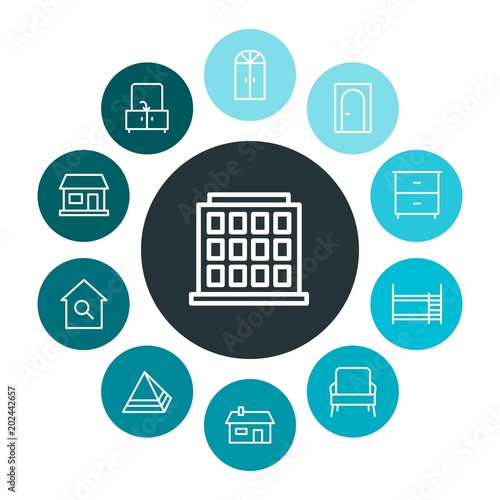Comprehensive Instructions For Refurbishing Vintage Cabinets
Comprehensive Instructions For Refurbishing Vintage Cabinets
Blog Article
Team Author-Snider Cantu
To start the journey of recovering antique cupboards, you need a keen eye for detail. Envision discovering surprise keys within each layer of background ingrained in the timber. Photo the satisfaction of restoring a once-forgotten piece to its previous glory. https://homeexteriormakeovercost10997.blogproducer.com/34028506/yearning-for-the-optimal-wood-for-your-custom-made-cupboards-look-into-the-aspects-that-shape-your-choice-and-transform-your-area-with-the-ideal-selection of this precise process holds the vital to protecting the past while creating a future antique. So, are you ready to embark on this transformative undertaking and unlock the potential of your antique closets?
Examining the Cabinet's Condition
When starting the remediation process, beginning by assessing the condition of the antique cupboard. Carefully examine the total framework for any type of signs of damages such as cracks, chips, or loose joints. Inspect the wood for any type of rot, warping, or insect infestation that may have happened gradually. It's vital to determine the degree of the restoration needed prior to continuing further.
Next, evaluate the cabinet's hardware such as joints, handles, and locks. Make note of any missing out on pieces or parts that require fixing or replacement. Guarantee that all hardware is functioning properly and firmly connected to the cupboard.
Additionally, review the cupboard's surface. Try to find any kind of scratches, spots, or staining that may impact the visual charm. Establish if the finish requires to be stripped and reapplied or if a straightforward touch-up will certainly be enough.
Gathering the Needed Devices and Materials
After analyzing the condition of the antique cabinet, the next action is to collect the necessary devices and materials for the remediation procedure. Before you start, guarantee you have the adhering to things available:
- timber cleaner
- sandpaper in various grits
- timber filler
- paint or timber tarnish
- brushes
- handwear covers
- safety and security goggles
- a dust mask
- a ground cloth
- a putty knife
- a hammer
- a screwdriver
- a vacuum
These tools and products are crucial for an effective remediation.
Timber cleaner is critical for removing years of dirt and grime buildup, preparing the surface area for fining sand. Sandpaper of different grits aids in raveling blemishes and preparing the timber for a new surface. Timber filler is handy for repairing any kind of fractures, holes, or dents present in the cupboard.
Repaint or timber discolor, along with brushes, allow you to personalize the cupboard to your choice. Remember to wear handwear covers, safety goggles, and a dirt mask for security. Set a ground cloth to safeguard your workspace, and utilize a hoover to tidy up any debris.
With these tools and products collected, you're ready to start the repair process.
Executing the Remediation Process
To effectively execute the remediation process on your antique closet, start by extensively cleansing the surface with the wood cleaner. This step is crucial as it assists remove years of dust, gunk, and old gloss that might have gathered externally.
Once https://remodel-outside-of-house97642.thenerdsblog.com/33363455/personalized-cabinets-an-innovative-option-for-expanding-storage-space-room is clean and completely dry, examine the condition of the timber. Seek any type of cracks, scratches, or various other damages that need to be addressed. Usage timber filler to repair any type of flaws, making sure to match the filler shade to the timber tone for a smooth finish.
After the fixings have actually dried, gently sand the whole surface to create a smooth and even base for the new finish. Take care not to sand too strongly, as you don't wish to damage the wood underneath.
As soon as the sanding is full, apply a timber tarnish or complete of your choice, adhering to the producer's instructions. Permit the coating to dry totally prior to applying a protective leading coat to ensure the durability of your restored antique cupboard.
Final thought
Now that you have completed the repair process, your antique cabinet looks just as good as new.
By complying with the step-by-step overview, you were able to evaluate, repair, and improve its problem effortlessly.
With a fresh coating and protective leading layer, your cherished item will certainly remain to shine for several years ahead.
Enjoy https://archziner.com/home/kitchen/kitchen-design-ideas-2019/ of your brought back antique cupboard!
